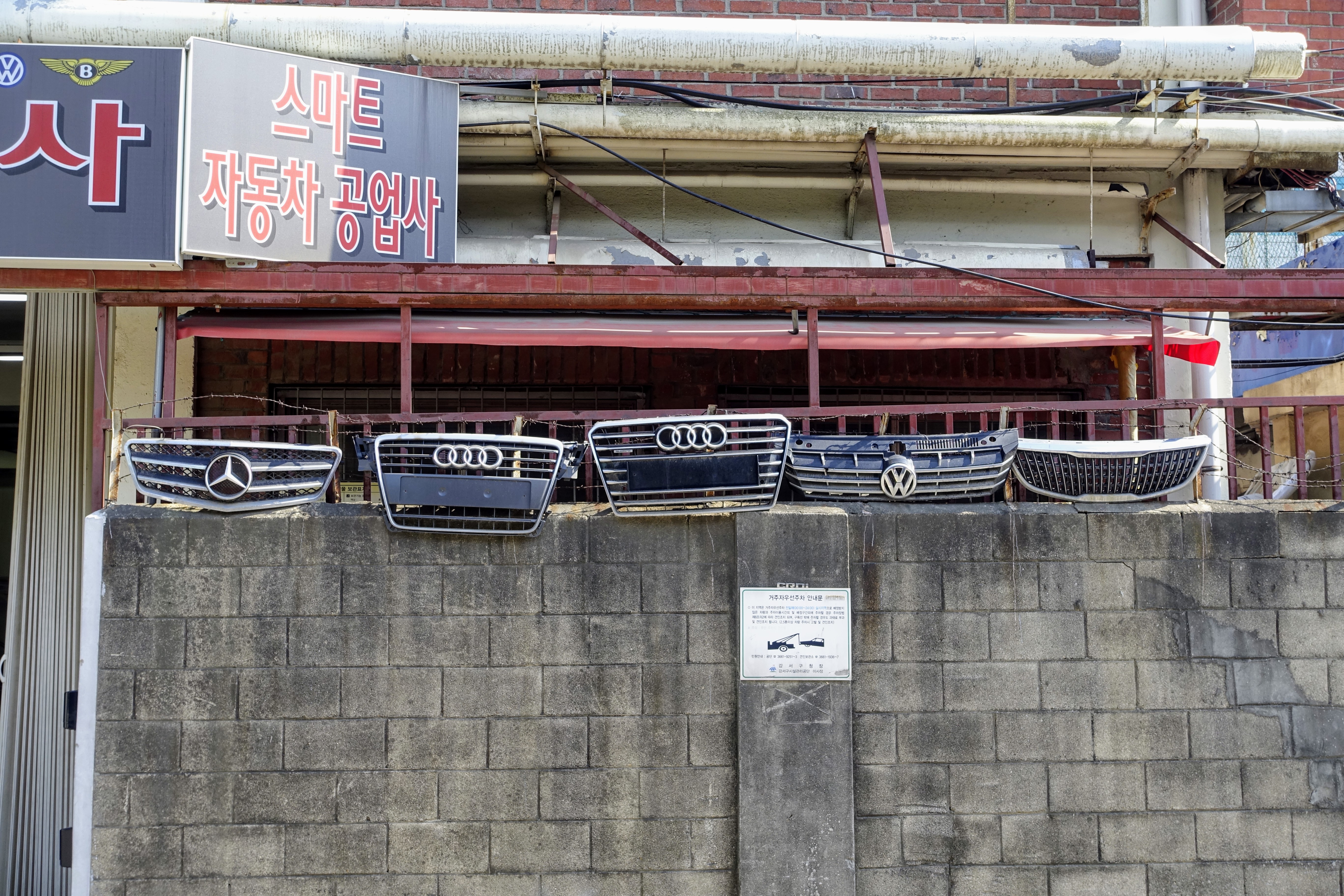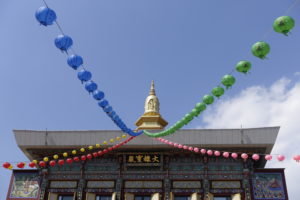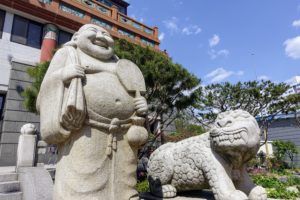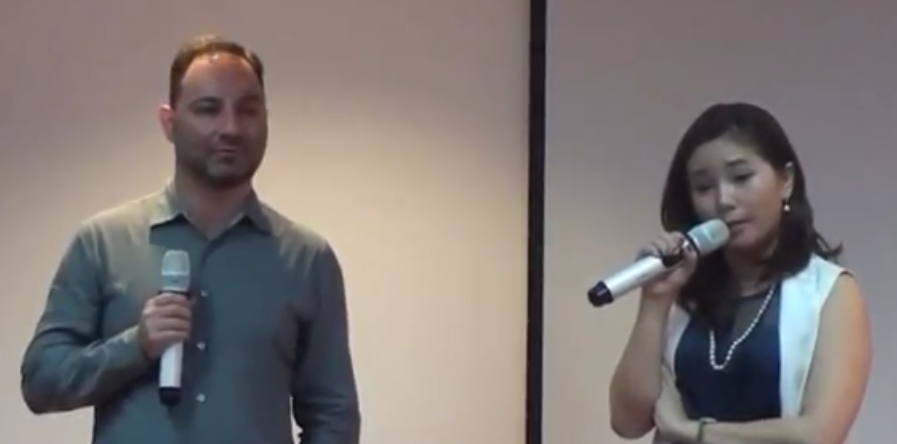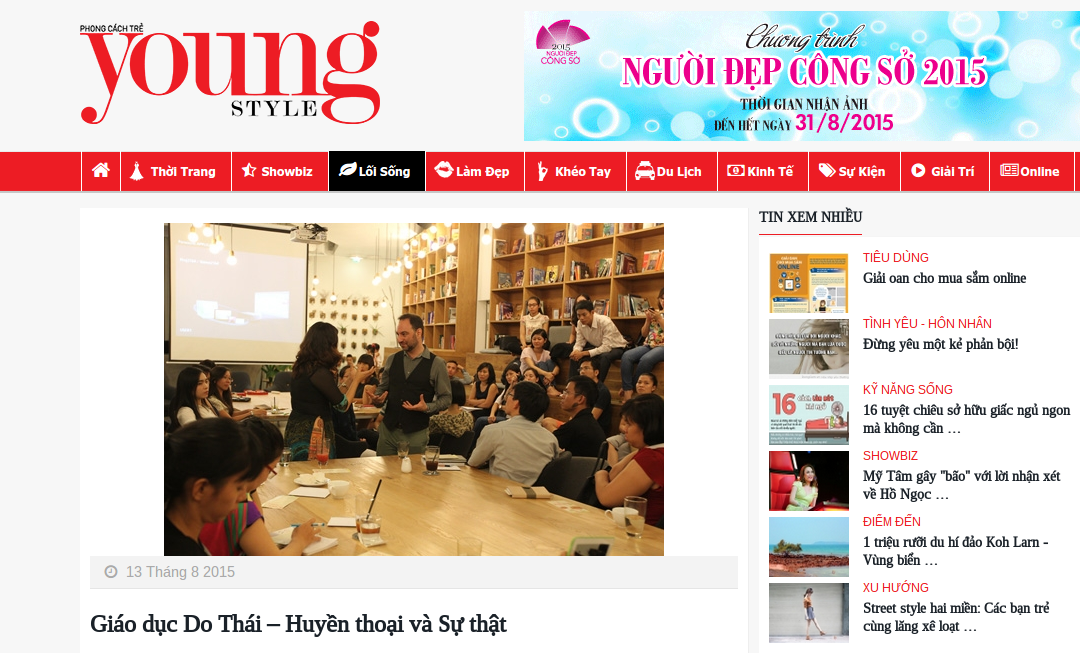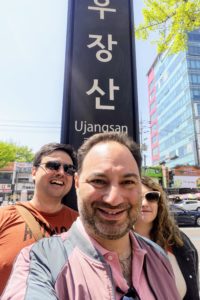 Random subway station:
Random subway station:
- Ujangsan/우장산역, Line 5
- Points of interest:
- Other stations visited:
- Balsan/일원역, Line 5
- Yangcheon Hyanggyo/양천향교역, Line 9
Suburbs
Before I first came to Korea to teach English in 2001, I was told that I’d be living in the suburbs of Seoul, and I imagined something like Marin County or Long Island: detached houses, shopping malls, people with cars. Then I ended up living in an area more densely populated than most of Brooklyn.
So what makes a suburb? In Korea, even though these outlying areas have more or less the same apartment towers, the same main roads with the same office buildings and coffee shops, the same back streets with little restaurants and bars, there’s nevertheless a different feeling from the more central distrits in Seoul. It’s hard to pin it down exactly what’s different, but my two companions — a Colombian and an American, neither of whom has spent much time in these kinds of neighborhoods — were strangely exhilarated by our walk through a typical stand of Korean apartment towers, as we passed the usual convenience stores, laundries, an English school and a kindergarten or two.
Soon we cut between two buildings and headed up into the hills of Ujangsan Park, thick with forest. It’s not a high mountain, and in a few minutes we were at the top, where we found what you usually find at the top: a gym.
Everything old is new again
After a steep scrabble down a not-quite-legit trail, we were out on the main road again, heading north until we passed Yangcheon Hyanggyo Station and entered into a bit of a historical district, though historical in a distinctly Korean way.
First we came to the looming Hongwonsa Temple. Part of Korea’s main Jogye order, it’s nevertheless built in an unusual style, and I learned from a monk that the abbot was inspired by his experiences with Southeast Asian Buddhism.
Just beyond the temple is the ancient Confucian school that gives the nearby subway station its mouthful of a name. According to a sign inside the school, Yangcheon Hyanggyo was founded in 1411, in the early decades of the Joseon Dynasty, but you’d be hard pressed to find anything physical that actually dates back to the 15th century. I did find a foundation stone dated 1980 for the main building.
Like most traditional buildings in Seoul, these have obviously been rebuilt numerous times, most recently during the restoration boom of the late 20th century, when South Korea’s economic strength caught up with its national pride and it became possible to recreate the heritage that had been lost during the Japanese occupation and the Korean War. (Don’t underestimate how many historically important buildings were destroyed by the former rather than the latter.)
Also in the neighborhood is the Gyeomjae Jeongseon Art Museum, which is full of replicas of the paintings of a particular artist who once lived in the area, along with a diorama of what the little village once looked like.
This artificiality can be disappointing if you’re attached to a Western romantic idea of authenticity, of the aura of the thing in itself. But there’s something poignant about it too: a Confucian school that has survived for centuries and remains active — there was a group of school girls there when we arrived, getting lessons in etiquette from a woman in a hanbok — persisting not through its physicality but on the strength of its ideals and the traditions upholding them. And, to be fair, I’m a proud graduate of Columbia University, which was founded in 1754 as King’s College, and good luck finding any physical remnant of that event on today’s campus in Morningside Heights.
Building the future
If the area around Yangcheon Hyanggyo is a bit run down, that’s probably because of the massive LG Science Park that’s under construction on the western edge of the district. For now, landowners are probably holding out and holding off, waiting to sell or upgrade until the opening of the enormous new R&D campus. It’s an interesting move for LG, shifting from the tech corridor in Seocho and south of Gangnam to the western districts, out by the airports, that have for some time been trying to build themselves up as Seoul’s future, but so far haven’t really taken off.
We made an attempt to get to the Han River, but we dead-ended in an apartment complex and decided to call it a day. We hopped a local bus back to the subway station, stopped for a rest at a little cafe that sold Guarneri-brand Korean microbrew, and then headed home.

